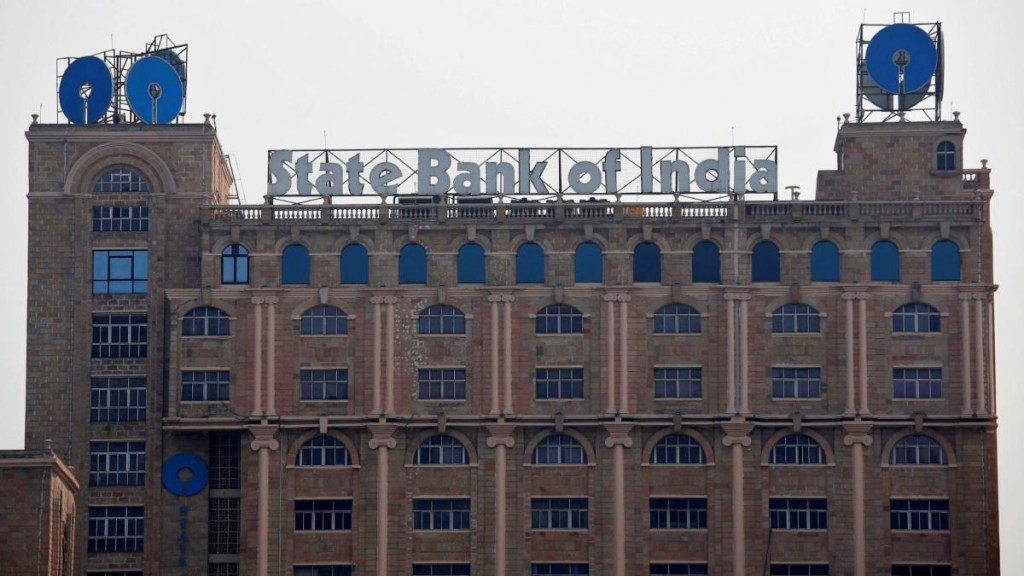Public-sector lender State Bank of India (SBI) has increased its share of savings deposits by 4% over the past 10 years. SBI’s share in deposits has risen from 22% in 2014 to 26% as of June this year. With this increase in savings accounts, the bank has widened its lead over competitors.
“Our savings account balance used to be about Rs 12 trillion in March 2020. It has moved to about Rs 17 trillion now. Our savings bank deposit as outstanding balances in savings bank accounts are three times of the next largest bank,” SBI chairman Dinesh Khara said in an analyst call.
Deposits are growing slower than credit, posing a challenge for banks to mobilise low-cost deposits. Bank credit grew by 17.3% to reach Rs 168.8 trillion for the fortnight ended June 28, while deposits increased by 11.1% to Rs 212.9 trillion, data from the Reserve Bank of India (RBI) showed.
“On the savings bank, our market share is 26.27%. In 2004, it used to be 20.2%. In 2014, it used to be 22.3%. So, we have always gained market share while others have lost,” SBI MD, corporate banking and subsidiaries, Ashwani Kumar Tewari said.
Along with using its huge network of branches, the country’s largest lender is also leveraging digital channels such as the YONO app to acquire new customers and deposits.
“We are opening almost about 60,000 odd savings bank account daily, and of this about 40,000 are getting opened through YONO,” Khara said.
The bank is not facing any challenge on the liquidity front, as it has excess statutory liquidity ratio (SLR) of about Rs 3.7 trillion. “We don’t have any liquidity challenge for the simple reason that we have got excess liquidity – excess SLR to that in about Rs 3.7 trillion,” he said.
On the net interest margin (NIM), the chairman said the bank is targeting to maintain margins at the current level. The NIM of SBI declined to 3.35% in the first quarter of the current fiscal from 3.47% in the same quarter of the previous financial year.
“As far as the guidance on the NIMs is concerned, our target is to maintain NIM at the current level. There may be a variation to the extent of not more than 10 basis point plus or minus,” he said.

